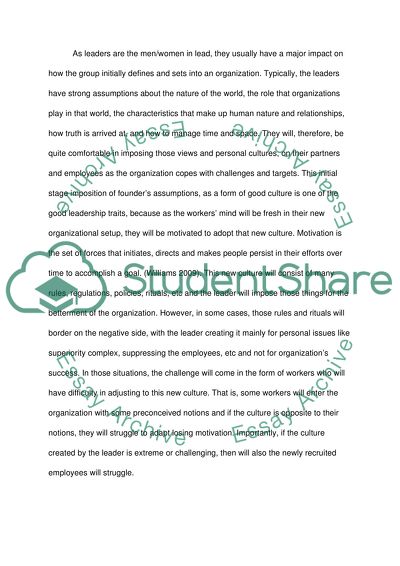Cite this document
(“Culture contributed to the issues of power, politics, and leadership- Essay”, n.d.)
Retrieved from https://studentshare.org/miscellaneous/1560700-culture-contributed-to-the-issues-of-power-politics-and-leadership-devil-wears-prada
Retrieved from https://studentshare.org/miscellaneous/1560700-culture-contributed-to-the-issues-of-power-politics-and-leadership-devil-wears-prada
(Culture Contributed to the Issues of Power, Politics, and Leadership- Essay)
https://studentshare.org/miscellaneous/1560700-culture-contributed-to-the-issues-of-power-politics-and-leadership-devil-wears-prada.
https://studentshare.org/miscellaneous/1560700-culture-contributed-to-the-issues-of-power-politics-and-leadership-devil-wears-prada.
“Culture Contributed to the Issues of Power, Politics, and Leadership- Essay”, n.d. https://studentshare.org/miscellaneous/1560700-culture-contributed-to-the-issues-of-power-politics-and-leadership-devil-wears-prada.


